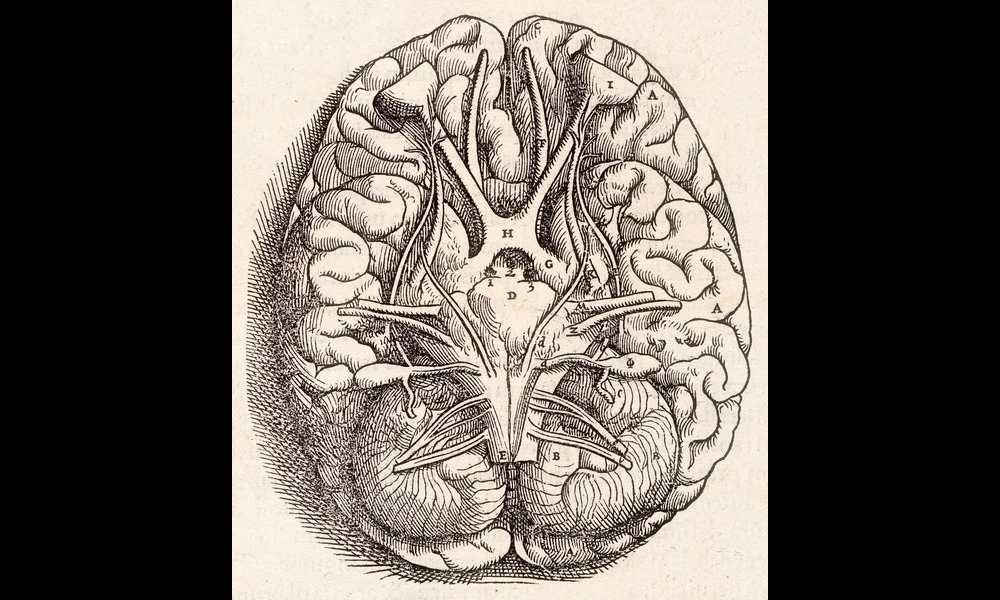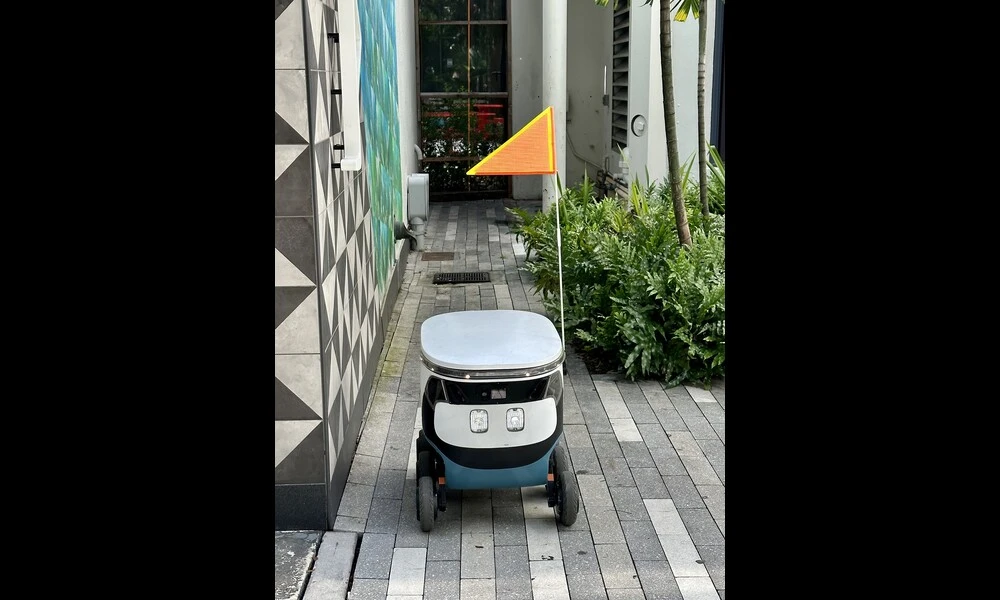How the Human Brain Recognizes Patterns Simultaneously at Varying Timescales
Published on Tue Jan 16 2024 File:1543, Andreas Vesalius' Fabrica, Base Of The Brain.jpg | Materialscientist on Wikimedia
File:1543, Andreas Vesalius' Fabrica, Base Of The Brain.jpg | Materialscientist on WikimediaFrom baseball innings to the melody of a favorite song, the world around us unfolds in a complex symphony of patterns that occur at different speeds. How does the brain keep up with this barrage of information, some of which changes quickly, while other aspects move at a glacial pace? A fascinating study by researchers from the University of Pennsylvania, led by Cybelle M. Smith, Sharon L. Thompson-Schill, and Anna C. Schapiro, offers groundbreaking insights into how humans not only perceive but also learn to anticipate events that occur in different temporal sequences.
Their experimental version of the classic "whack-a-mole" game put participants to the test, observing how well they grasped patterns over both short and long timescales. Much like a musician learns the notes and rhythm of a song, the study participants quickly learned to predict where the next "mole" (or in this case, various cartoon targets) would pop up in the game—patterns that unfolded rapidly. Simultaneously, however, were able to pick up on the overarching structure of the game itself, which evolved more slowly.
The findings, which are part of a preprint paper that has yet to undergo peer review, indicate that our brains can juggle these different temporal patterns much like a skilled conductor handling the differing tempos of a symphony. Crucially, the study shows that learning faster patterns does not necessarily hinder our capacity to understand slower ones. This contradicts previous theories suggesting we need to master quick changes first before we can understand the broader picture.
The research also tapped into artificial intelligence to examine these processes, utilizing a gated recurrent neural network model. It's a type of system frequently used in machine learning that's particularly adept at making predictions based on patterns it has identified in data. Remarkably, the model's performance mirrored that of human participants, suggesting that a single streamlined process is sufficient to learn temporal dependencies at different speeds.
So, what does this mean for the average person? For one, it accentuates an astonishing adaptability of the human mind—our capability to quickly apprehend and anticipate a symphony of activity around us. It implies that whether learning a new language or adapting to a change in routine, we're not just soaking in the new rules but simultaneously grasping the overarching patterns in which they fit. This research rings a positive note for lifelong learning and adaptation, promising that our brains can keep tempo with the rich tapestry of life's rhythms, fast and slow alike.



